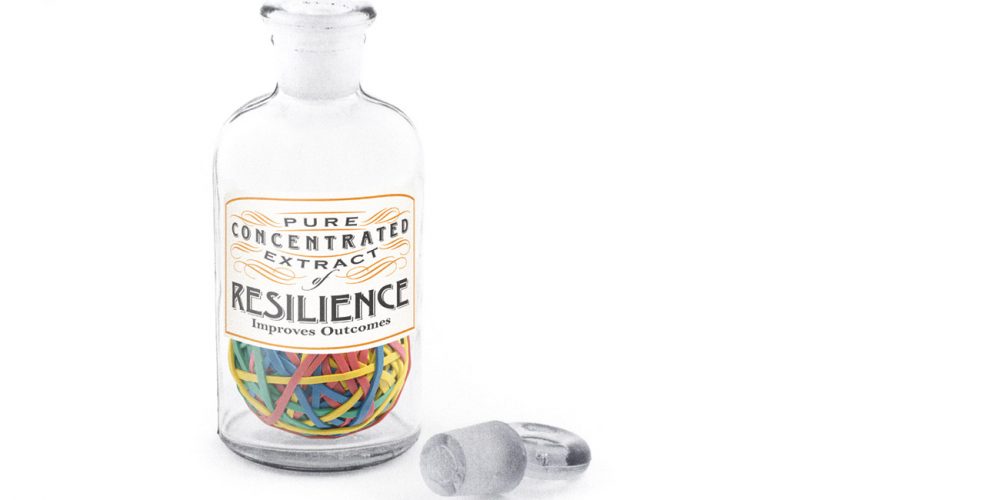Western medicine has made great strides in disease control in the last century. Diagnostic technologies and surgical procedures have advanced. Life expectancy has increased dramatically in most parts of the world. Antibiotics, improvements in sanitation and hygiene, as well as vaccines, have eradicated or reduced many of the world’s deadliest communicable diseases.
Western medicine has made great strides in disease control in the last century. Diagnostic technologies and surgical procedures have advanced. Life expectancy has increased dramatically in most parts of the world. Antibiotics, improvements in sanitation and hygiene, as well as vaccines, have eradicated or reduced many of the world’s deadliest communicable diseases.
Yet many other diseases are on the rise: allergic rhinitis, inflammatory bowel disease and autism, to name a few. Asthma occurred in 2.3 per cent of Canadians 15 years of age and over in 1979; it’s now over 8 per cent. Most experts believe that food allergies are more common today than a generation ago. Just as medicine cures one disease, it seems a new plague emerges. Despite all of the medical advances, we are in some ways less healthy than before. And there is evidence that some of our efforts to control disease are creating further problems.
There is no simple explanation for these contradictions. But the complexity of the factors at play – from human physiology, to personal lifestyles to public health policy, all interacting and evolving constantly – suggest that what we face is a systems problem. As such, systems theory and resilience thinking may give us better tools for managing health in the 21st century.
Donella Meadows, lead author of The Limits to Growth, defines a system as an “interconnected set of elements that is coherently organized in a way that achieves something.” Systems are maintained by feedback loops that either reinforce or brake trajectories within the system. For example, when your body needs food, a feedback loop triggers hunger and you eat until you’re full, when another feedback loop triggers the release of Cholecystokinin (CCK), a satiation hormone, and you stop eating. Feedback loops can be slow or quick, depending on the system’s reaction time.
Complex and unpredictable
Feedback loops with different strengths often pull in different directions. Change to the system may weaken one loop and strengthen another, altering the overall balance of forces. If you consume more calories than you require at dinner ñ either before your CCK kicks in or for emotional reasons – your body may speed up your metabolism to burn excess calories or store them as fat (or both).
Science deepens our understanding of the body’s complex system, but the real world is dynamic and unpredictable. We can still be surprised by its response to an intervention. And well-intended attempts to manage our health and its care can have unintended consequences.
Systems with redundancy – more than one way of dealing with an issue – are more resilient than those that emphasize efficiency.
Unpredictability in physiological response is well documented. Vaccinations have successfully reduced infectious diseases, making the flu vaccine seem a logical public health response to reduce flu incidence and mortality. Yet Canadian officials are reporting that “in healthy adults [the 2014-2015 influenza vaccination] offers almost no protection.” Even more surprising: Some recent studies suggest that receiving last year’s flu shot may be a factor in making this year’s less effective.
The overuse of antibiotics reflects another attempt to control disease that is creating more problems. The World Health Organization has declared antibiotic resistance “a major threat to public health.” Antibacterial chemicals like triclosan and triclocarban used in household products can disrupt endocrine hormones, the molecules that coordinate physiological activity around the body – yet another systems issue. And now emerging evidence links antibiotic disturbance of our body’s diverse microflora (all those bacteria resident in our gut and elsewhere) to the increased prevalence of syndromes such as asthma and inflammatory bowel disease. As these chemicals are flushed down the drain, residues enter the water cycle and find their way back to the kitchen tap.
Thinking resilience
With effects like those in mind, scientists and practitioners increasingly advocate the systems concept of resilience to achieve better health outcomes. Resilience, according to Australian researchers Brian Walker and David Salt, “is the ability of a system to absorb disturbance and still retain its basic function and structure.” To illustrate how resilience-management concepts could be applied to our health, I’ve adapted four of seven principles articulated in a 2014 paper called Applying Resilience Thinking by the Stockholm Resilience Centre.
1. Foster complex adaptive thinking.
Adopting systems thinking for health means recognizing that when a disturbance occurs, its cause may lie in a part of the system remote from where the disturbance appears.
On an individual level, work and family responsibilities leave many of us with little time for self-care; downtime can seem like an inefficient luxury. Eventually, however, stress may weaken our immune system and leave us open to a cold or flu. If we ignore our illness without changing our pace, or rely on medication to mask its symptoms, our body cannot recuperate and may push us eventually to burnout and collapse.
We might instead take the time to heal and adjust our routine to get more sleep, relaxation and exercise, so that the next time we encounter a virus our body will have a stronger defence system. Stronger, but not infallible. Despite precaution, we might still get sick or be injured. We age. Our capacities and vulnerabilities change. Resilience thinking also helps us accept the unexpected and change as opportunities arise to develop new responses.
Healthcare providers can help by drawing attention to interconnections between aspects of a patient’s life or environment and their health and well-being. That may require longer patient visits, or an end to the rule in some physicians’ offices of discussing only one complaint per visit.
Governments can encourage collaboration among health-system stakeholders, and support experimentation and the timely integration of new ideas.
2. Virtuous redundancy.
Systems with many components are more resilient than systems with few. Those with redundancy - more than one way of dealing with an issue – are more resilient than those that emphasize efficiency. Eating a variety of foods regularly lowers the likelihood of developing food sensitivities. Cross-training between running, cycling and swimming helps prevent injury in all activities.
Extended employer healthcare plans that include preventative or holistic medicine (naturopathic doctors, massage therapists, chiropractors etc.) can improve employee health while reducing lost productivity. And if such preventative therapies were sufficiently covered by provincial health insurance plans, the shift in approach could save healthcare dollars in the long run by stopping a disease before it starts and reducing the need for more extensive and expensive conventional medical treatments.
3. Manage feedbacks.
Systems respond only slowly to some feedbacks. Unhealthy diet and sedentary lifestyle are such so-called “slow variables” – they might not impact health right away but over time can lead to irreversible diabetes or heart congestion. Understanding your genetic susceptibilities, individual vulnerabilities and stress thresholds can reinforce good habits and dampen negative ones. Regular visits to healthcare practitioners encourage an early response to emerging problems.
Similarly, programs to encourage health literacy, clean air and water, and safe outdoor space for exercise recognize the importance of engaging slow variables.
4. Encourage learning.
Resilience theory recognizes that knowledge is never complete. When our health changes, we need to re-examine existing knowledge to adapt appropriately. In social institutions power can influence that re-examination, such as when Western medical knowledge is favoured over other wisdoms. Policy makers need to encourage an open-minded health community that respects varied perspectives.
Healthcare engages complex interconnections among systems at multiple scales: physiology, behaviour, healthcare provision and public policies. Additionally, the prevailing neoliberal economic system is a powerful influence on all the foregoing. It’s little wonder we “manage” healthcare at some peril.
Resilience thinking reminds us that while change and surprise are part of a healthy life, we can also learn and adapt. We can step back and look for those connections across systems and scales before we intervene. As Donella Meadows said, “We can’t control systems or figure them out. But we can dance with them.”
Learn more at resalliance.org and in A\J’s 2010 Building Resilience issue [36:2].

Michael manages A\J’s finances on Mondays and Tuesdays. The rest of the week, he dons his naturopathic hat and works with his amazing patients at Healing Path Centre for Natural Medicine. He loves canoe camping, cycling, indie music and co-operative housing.













